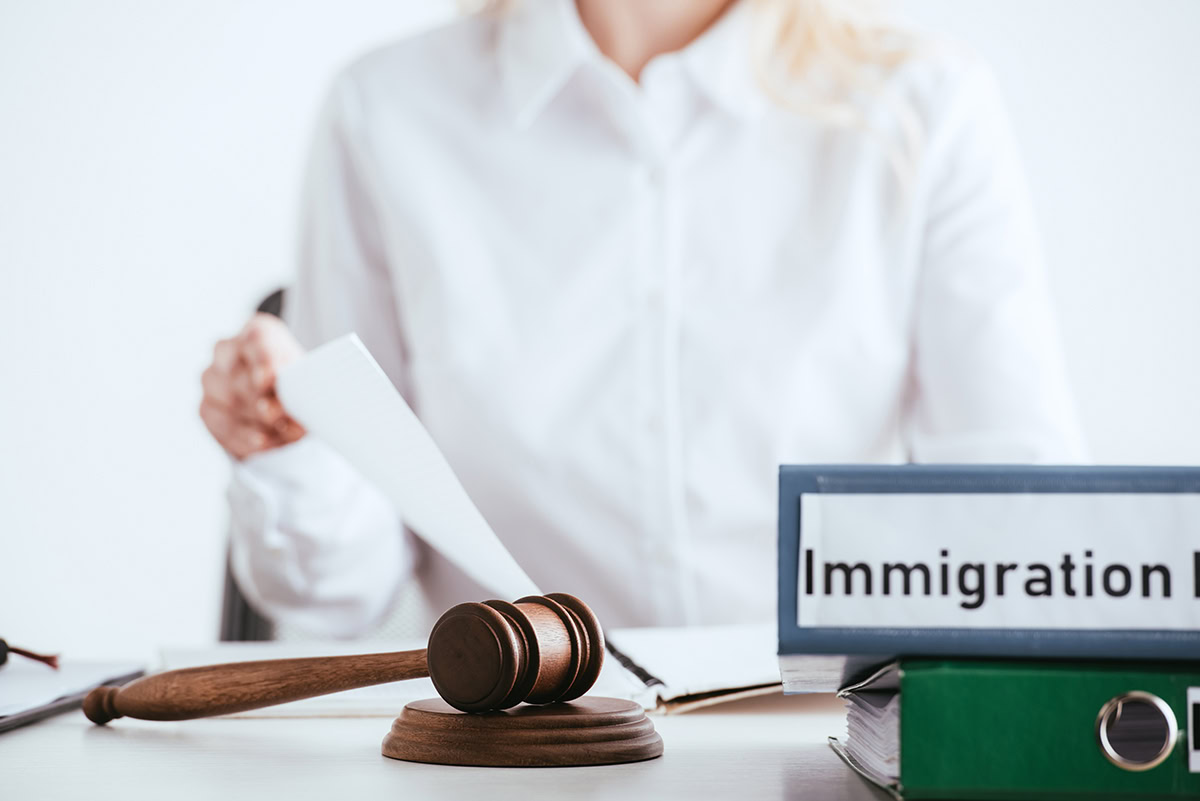Immigrating to Canada is an exciting and life-changing decision. However, even minor errors during the application process can result in delays, refusals, or even long-term bans. At Kurzfeld Law Firm, with over 20 years of immigration law experience, we’ve seen countless applicants encounter issues that could have been avoided with the right guidance. This blog outlines the most common immigration mistakes in Canada, how to avoid them, and how legal representation can make all the difference in securing your future.
Documentation Issues
One of the most frequent reasons for immigration application errors is incomplete, incorrect, or outdated documentation. Immigration, Refugees and Citizenship Canada (IRCC) requires meticulous documentation depending on the type of application you are submitting.
1. Missing Documents
Applicants often forget to include crucial items such as:
- Police clearance certificates
- Proof of funds
- Educational Credential Assessments (ECA)
- Proof of relationship (for family sponsorship)
Missing even one mandatory document can lead to a returned application or outright refusal.
Solution: Use IRCC’s document checklists for your application type, and have a professional cross-verify before submission.
2. Expired or Invalid Documents
Documents like passports, police certificates, and medical exams must be valid at the time of processing. Submitting expired items may result in delays or rejection.
Solution: Check expiration dates for all required materials, and don’t rely on copies from past applications unless the IRCC guidelines say so.
3. Incorrect Translations
Documents not in English or French must be translated by a certified translator. Unofficial translations or missing translator affidavits can render your documents invalid.
Solution: Hire a certified translator familiar with immigration requirements.
4. Poorly Organized Submissions
Unlabeled, disorganized, or improperly formatted applications can cause confusion and processing delays.
Solution: Present a clear, logical structure with labeled sections and indexed files. This is especially important for large applications like Humanitarian and Compassionate Applications.
Misrepresentation and Legal Risks
One of the most serious immigration mistakes is misrepresentation—intentionally or unintentionally providing false or misleading information to Canadian immigration authorities.
1. Omitting Relevant Information
Failing to mention prior visa refusals, criminal charges, or immigration history—even in other countries—can be seen as misrepresentation.
Example: Not disclosing a previous U.S. visa denial can result in a Canadian application being rejected for dishonesty.
2. Submitting Fake or Altered Documents
Applicants who use fraudulent documents (e.g., fake diplomas or employment letters) risk a 5-year ban under Section 40 of the Immigration and Refugee Protection Act (IRPA).
3. Misleading Statements
Even exaggerations or half-truths—such as inflating job duties or overstating work experience—can be classified as misrepresentation.
Solution: Always provide honest, complete information and documentation. When in doubt, disclose and explain rather than omit.
Avoid PR Rejection: The best way to avoid PR rejection is to ensure your application is truthful, supported by verifiable documents, and thoroughly reviewed by a professional.
Common Pitfalls in Sponsorship Applications
Family Sponsorship is a generous yet legally complex program. Many applicants are emotionally invested in sponsoring loved ones but make costly mistakes that jeopardize their case.
1. Not Meeting Sponsorship Eligibility
Sponsors must meet strict requirements regarding age, income, and immigration status. For example, permanent residents cannot sponsor someone while living outside Canada.
2. Inadequate Proof of Relationship
Applications often get rejected for lack of sufficient evidence of a genuine relationship, especially in spousal sponsorship cases.
Mistake Examples:
- Sparse communication records
- Inconsistent travel histories
- Limited joint financial or residential documentation
3. Using Ineligible Co-signers
Only a spouse or common-law partner may co-sign a sponsorship. Using a friend or sibling makes the application invalid.
4. Sponsoring Within the Excluded Period
Certain sponsors are barred from re-sponsoring someone due to previous undertakings or if they were themselves sponsored and became a PR less than 5 years ago.
Solution: Consult a legal expert to understand your eligibility and how to properly present your case. Visit our page on Family Sponsorship for more guidance.
How a Immigration Lawyer Helps Avoid These Mistakes
While it’s possible to apply for immigration on your own, having a lawyer significantly reduces the risk of making errors that could cost you time, money, and peace of mind.
1. Strategic Application Planning
An immigration lawyer helps you determine the best program based on your situation—whether through Express Entry, PNP, Work Permits, or Humanitarian Applications.
They can advise when it’s better to wait and strengthen your profile rather than rush and risk refusal.
2. Thorough Document Review
Lawyers ensure your documents are complete, accurate, and formatted according to IRCC standards. They can spot red flags before submission.
3. Handling Procedural Fairness Letters
If IRCC suspects an issue with your application, they may issue a Procedural Fairness Letter (PFL). Responding without legal knowledge can worsen your case.
Example: A lawyer can craft a compelling explanation or provide evidence to counter misrepresentation allegations.
4. Appeals and Judicial Reviews
If your application has been refused, a lawyer can help you appeal to the Immigration Appeal Division (IAD) or file for judicial review at the Federal Court.
- Learn more about Work Permits
- Explore Humanitarian Applications
5. Legal Representation in Complex Cases
Applications involving medical inadmissibility, criminal history, or misrepresentation are best handled by professionals. A lawyer ensures the legal argument is sound, and that the documentation aligns with current immigration case law.
Final Tips to Avoid Immigration Application Errors
- Start Early – Application deadlines and processing times vary, so start preparing early.
- Keep Records – Save copies of everything you submit, and record all correspondence.
- Stay Updated – Immigration policies change frequently. IRCC updates forms, fees, and eligibility rules regularly.
- Double-Check Everything – Ensure names, dates, and document numbers match across all forms and attachments.
- Seek Professional Guidance – Even straightforward applications can benefit from a legal review.
Conclusion
The Canadian immigration system offers many pathways, but it also demands accuracy, honesty, and thoroughness. Most immigration mistakes in Canada are preventable—and the consequences of getting it wrong can be serious.
At Kurzfeld Law Firm, our team has helped thousands of clients avoid PR rejection and secure their place in Canada. Whether you’re applying for a work permit, sponsoring a family member, or pursuing permanent residence, we’re here to make sure you get it right the first time.
Don’t leave your future to chance. Contact Kurzfeld Law Firm today for a personalized consultation and take the first step toward a successful immigration journey.





